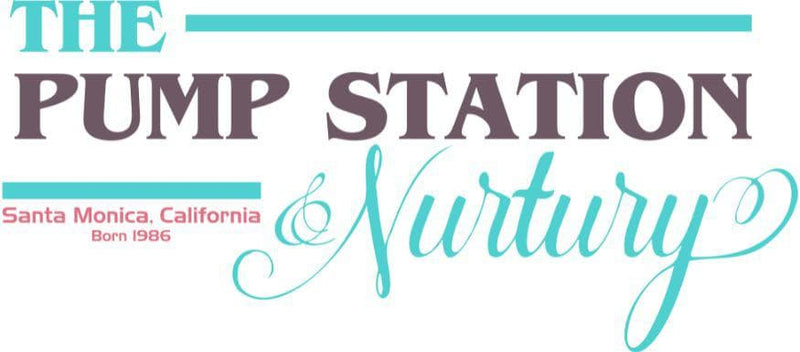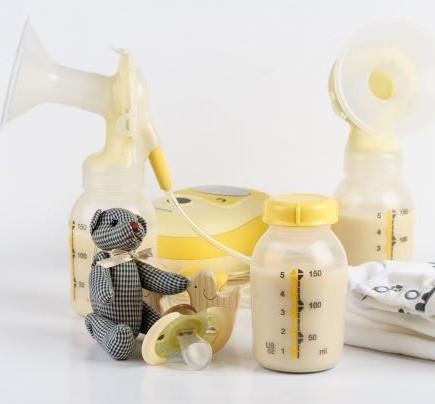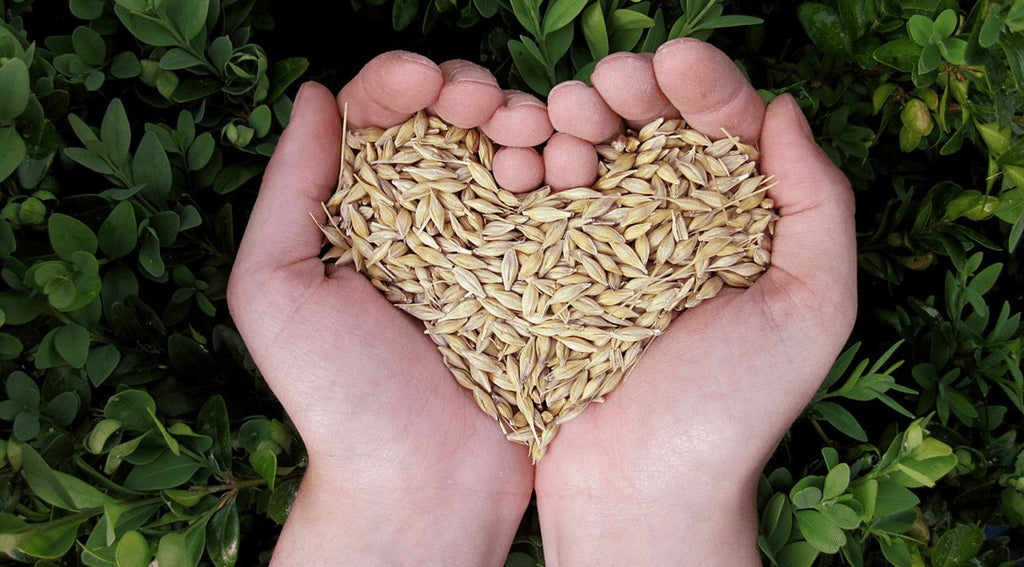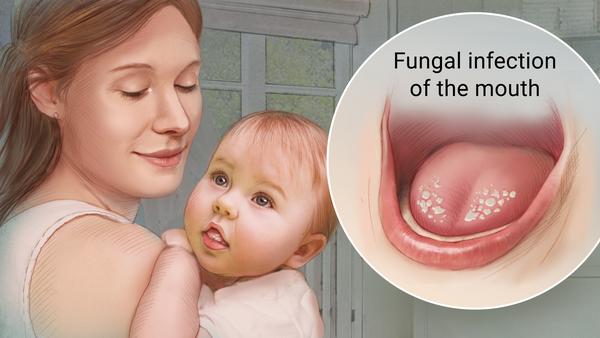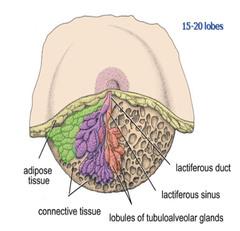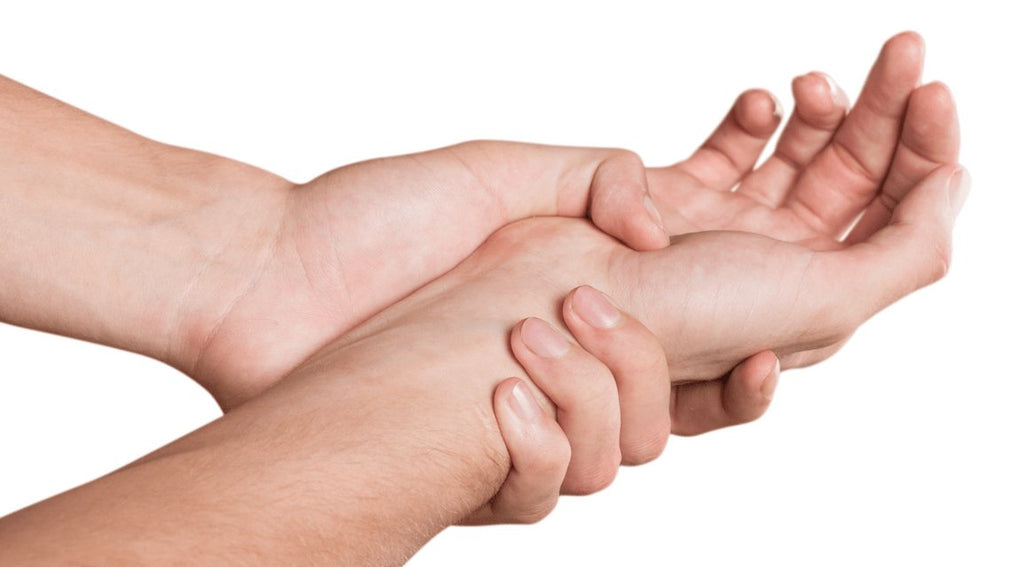Breast Pumping Basics
Using a breast pump to express milk can be very intimidating to new and expectant mothers. Our team of Internationally Board Certified Lactation Consultants (“IBCLC”s) at the Pump Station and Nurtury field a variety of questions every day about breast pumping. The most common questions we hear include:
How do I choose a breast pump, and when should I start? How often and how long should I pump? How much milk can I expect to get, and when is the best time to pump? When is a good time to begin giving my baby a bottle, and how do I safely store my expressed breast milk?
Continue reading